Here at Cfile we like to stay up in the crows nest with our telescopes drawn, keeping abreast of new horizons in the ceramics world. We hope you enjoy what we have spotted.
Sanam Emami | Floating bowls determine Function
FORT COLLINS—Sanam Emami’s vessels float in clouds of brushed slip. The depth seems endless. Yet she is not trying to make art, at least not intentionally so. The flowers are not naturalistic but reduced to minimal shapes that dominate the top plane. She states that her “pots and tiles are made with a specific intent – a function. Plates, cups and tiles are ubiquitous, recognizable.
“The vases and their multiple spouts are curious when empty, when filled with flowers their function is revealed. The tile is a background or canvas. The cup provides a counterpoint – the curves and movement of the form interact with the surface pattern and imagery. The parameters of the functional pot simultaneously create boundaries and endless possibilities.
Ideas come from different places; a book, a conversation or a glimpse of something familiar like a favorite historical pot that can seem new, as if seen for the first time. The studio space is where the concepts and inspiration take shape and become tangible and dimensional. The concept of unity with variety is important. For example, combining soft marks and volumes with crisp edges and lines. I am interested in creating contrasting gestures that can coexist within a pot or a tile through mark making, symmetry and repeated patterns”.
Allessandro Gallo: Finding love in the repulsive textures of a Turkey’s head
CHICAGO—The four figures here by Allessandro Gallo were shown by Duane Read gallery at Intersect Chicago (formerly SOFA – The Sculpture Objects Functional Art and Design fair). For those looking to see signs of life in the market, all sold.
These works are different to any other works by Gallo to date. Blood is the common theme:
“It kind of sums it up. It’s funny that two albums I listened to a lot this winter were ‘Music to be murdered by’ by Eminem and ‘Murder most foul’ by Bob Dylan. My pieces were already in my project list but there must be something in the air in 2020”.
Blood flows and there is overt violence, anguish, guilt and pain. To give an idea of the figures complex voice we quote the artist discussion of one work, Cold Turkey. In the seventies this title had a very specific meaning connected to quitting heroin. But that was neither his problem not the artist’s focus:
“Lately the expression has been adopted to mean quitting something suddenly, even though you love it, because other people close to you or a part of you know that it is bad. This is what the piece is about. Being split in two, between what you love and what you know is bad for you. It could be about stopping smoking and my relapses. And a lot of other things and some people too. I love the repulsive textures and folds on the turkey’s head and I like how the top of his head looks like an exposed brain. The blanket and its obsessive chain pattern reinforce the idea of being imprisoned, echoed by his inward posture, body hidden, defensive, protecting himself from the outside world”.
Apply before November for the 4th €10,000 Officine Saffi Award
MILAN–The window is closing now apply for the fourth edition of the Officine Saffi Award. You only have until November 30. Up for grabs is € 10,000 and 8 international residency prizes, awarded by two exceptional juries.This biennial award supports and promotes artists working with ceramics in contemporary art and collectible design.

The competition is open to all contemporary artists and designers of any age, whether emerging or established, individuals or members of collectives, and with no restrictions on theme, gender or nationality, who use ceramics as an artistic medium.
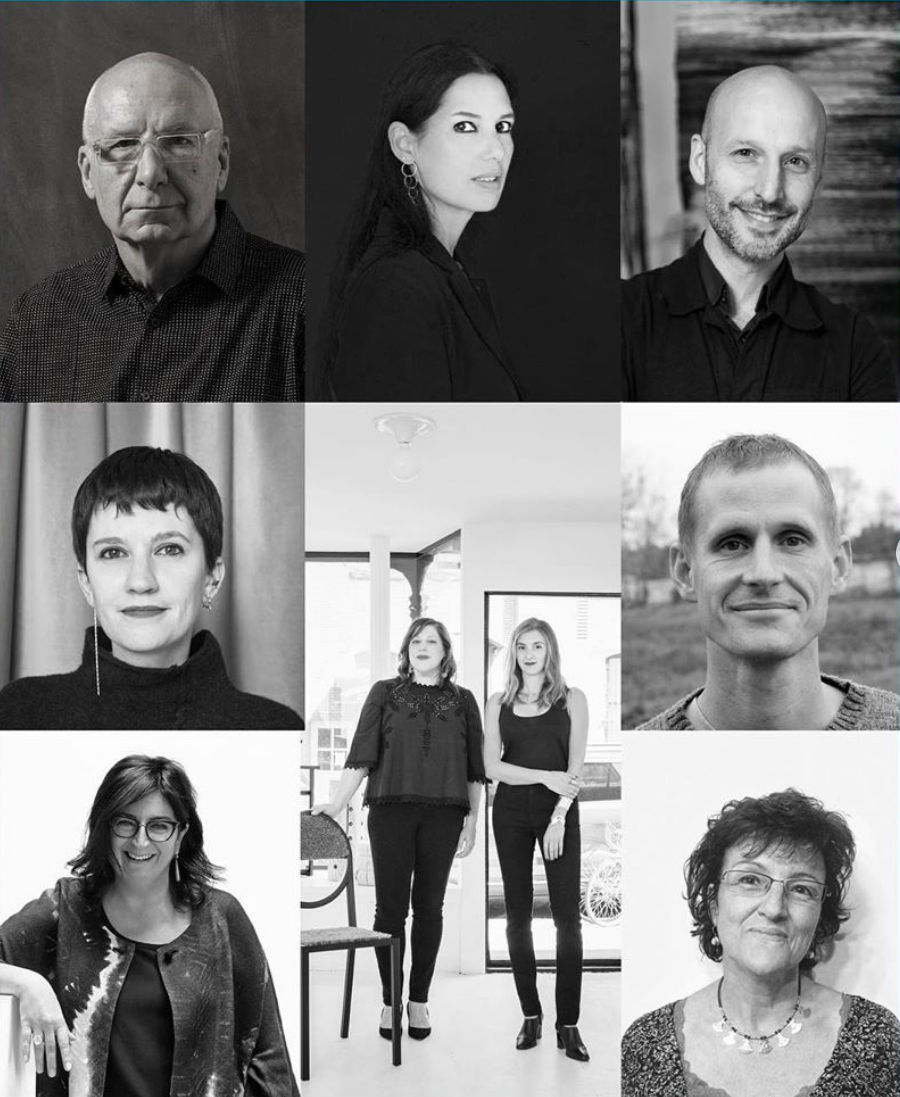
The finalists of the award – which will be exhibited at Officine Saffi in Milan – are selected by a commission composed of important figures from the world of art and design: Pictured above from left to right: Garth Clark (editor-in-chief Cfile), Annalisa Rosso (editor-in-chief Icon Design), Glenn Adamson (curator), Matt Wedel (artist), Elisa Ossino (architect and interior designer), Jill Singer and Monika Khemsurov (editors-in-chief Sight Unseen), Isabelle Naef Galuba (director Musée Ariana) and Laura Borghi (founder Officine Saffi).
The winner of the € 10,000 cash prize will be selected by an exceptional jury: Alessandro Rabottini (artistic director miart), Livia Peraldo Matton (editor-in-chief Elle Décor), Christian Larsen (Curator at MAD Museum), Alvise Braga Illa (collector), Julian Stair (artist), Carolina Orsini (Conservation at MUDEC), Laura Borghi (founder Officine Saffi).
A Reminder of What Makes Us Human from Kimberly Camp
Collingswood, NJ—This February, Kimberly Camp received the 2020 Art Makes Us Human award from the American Craft Council. Camp’s paintings and dolls have appeared in over a hundred solo and group exhibitions and the three-year traveling exhibition, Uncommon Beauty in Common Objects. She explains a shift in the work:
In 1988 my mother was given septicemia. For months, I watched nurses stab her with IVs. One day, I grabbed an old leather coat, needle, and scissors. As nurses stabbed, I sewed to soothe my anger. That experience opened a world of exploration. I find pure joy in using materials collected over five continents. Dolls play a part in the culture of all people around the world. I’ve explored different clay bodies, combining hard, soft, ornamental, structural, and I’ve used leather, raffia, bones, fabric, gemstones, fur, wood, beads, and bells. Most are a reflection of humor and mischief
Alongside her acclaimed career as an artist, Camp has held a number of key positions in the arts: she was president and CEO of The Barnes Foundation, founding director of the Smithsonian Institution Experimental Gallery, and president and CEO of the Charles Wright Museum in Detroit. From 2005-2011, she led the creation of a science, technology and natural history project, the Hanford Reach Interpretive Center, in Washington state. Her work as an artist and administrator voices her ideas about the role art plays in democracy, social equity and diversity into practice. Currently, Camp serves as a curator for A New View public art project and is on the faculty of Drexel University’s Arts Administration program.
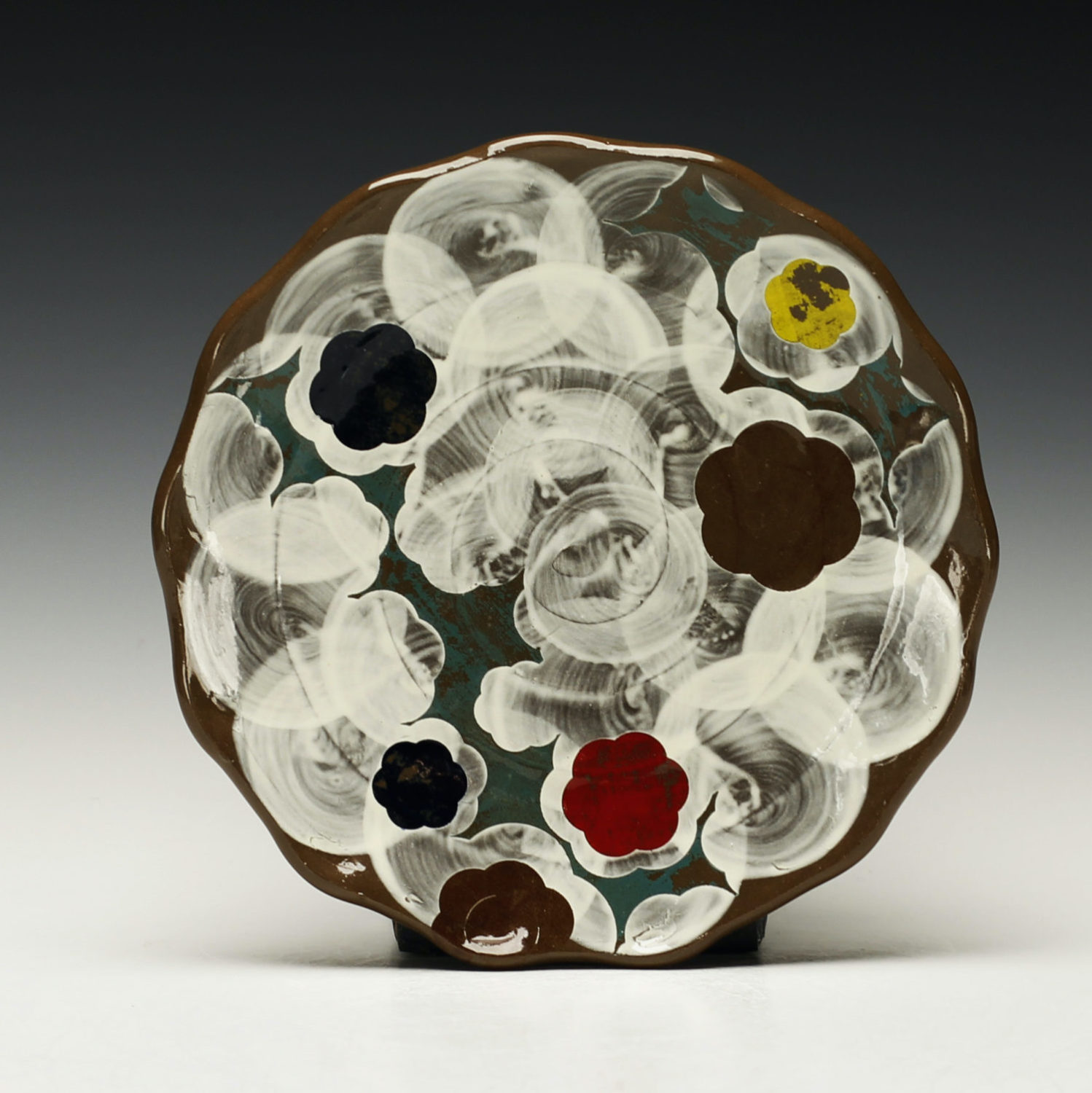
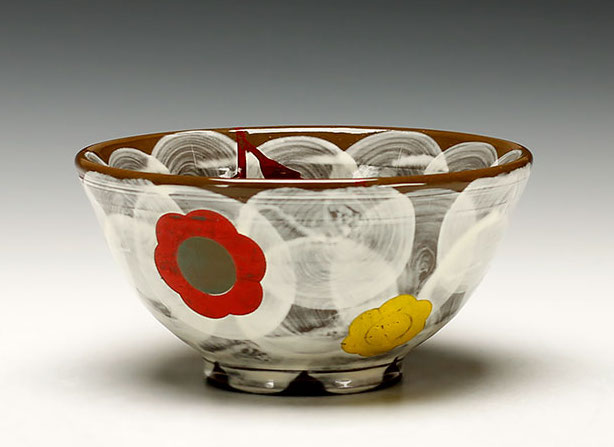


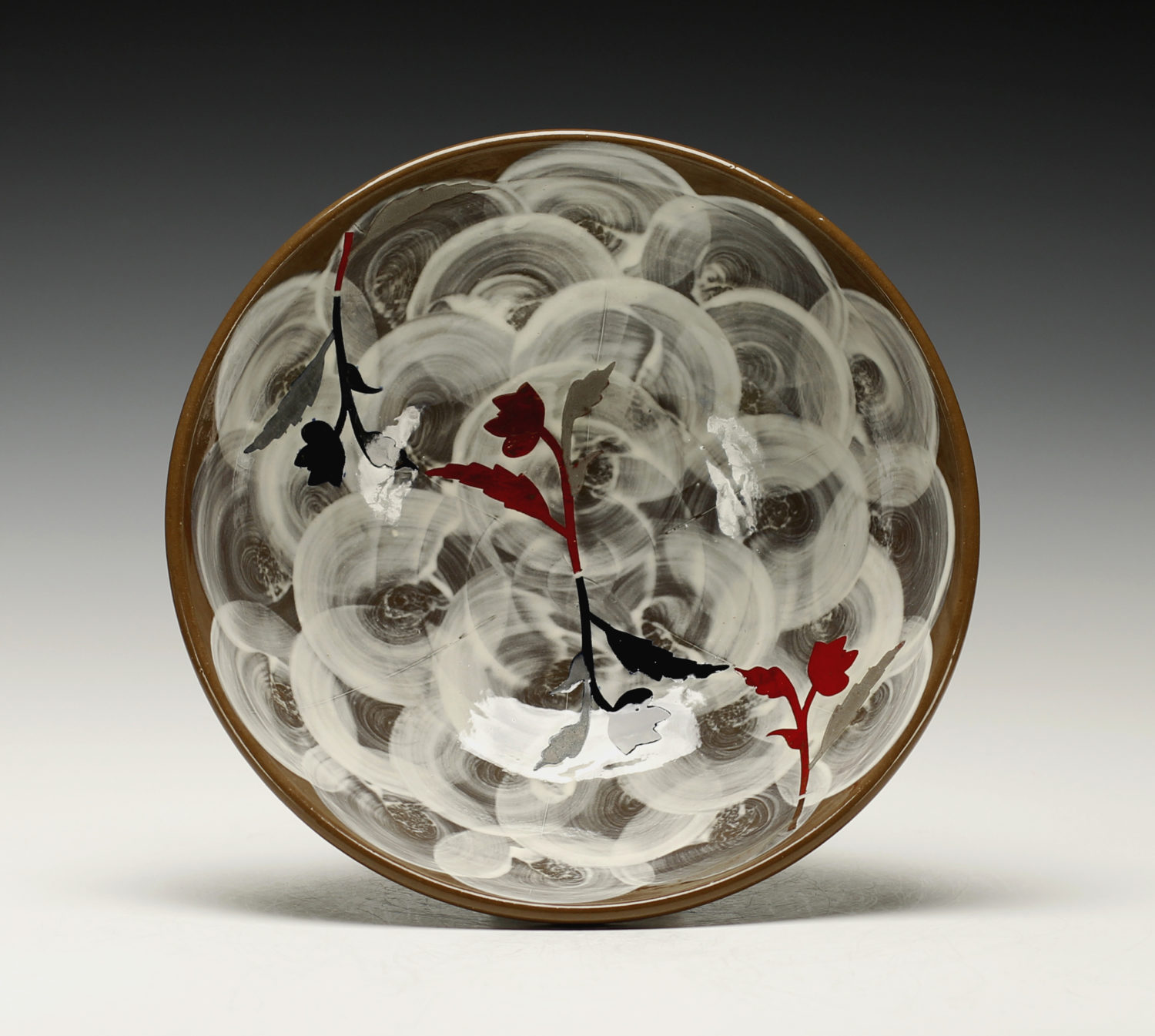


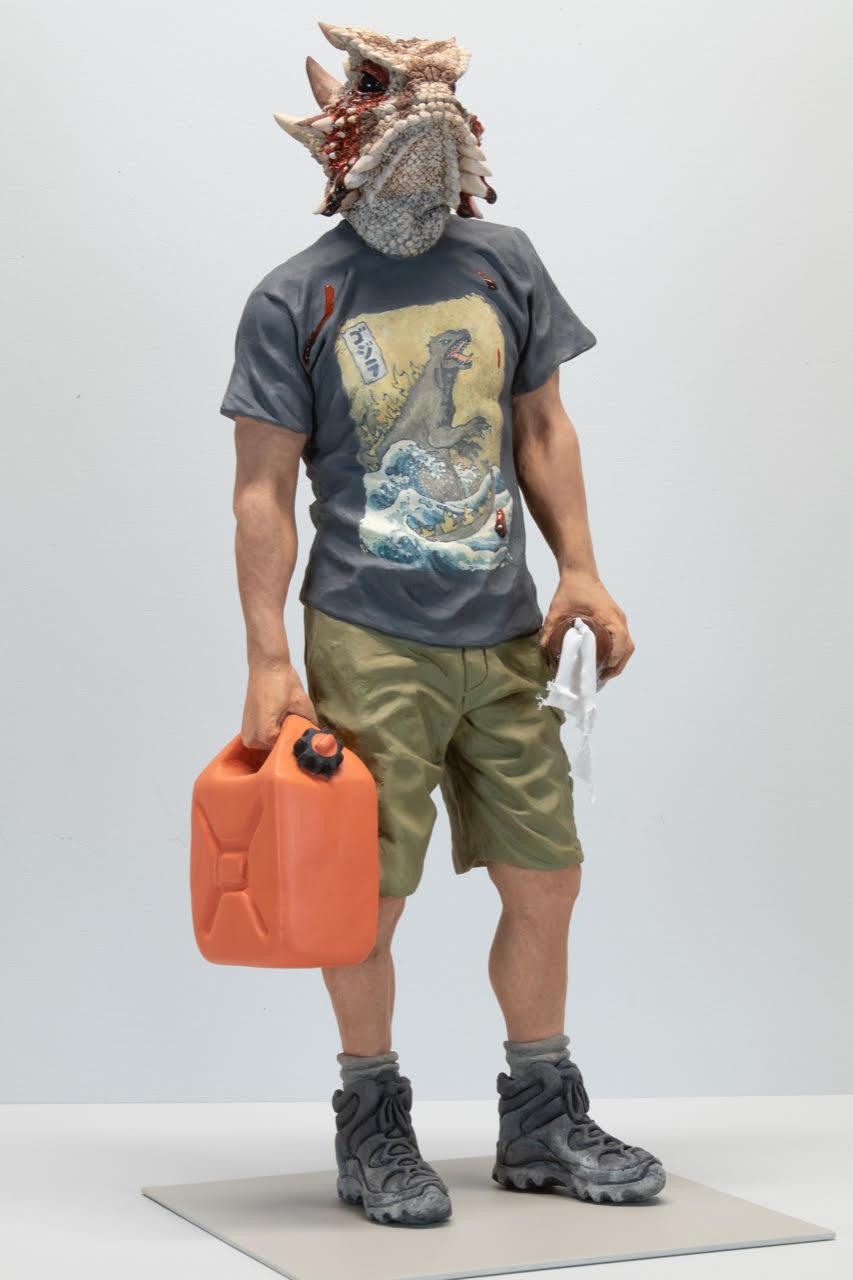


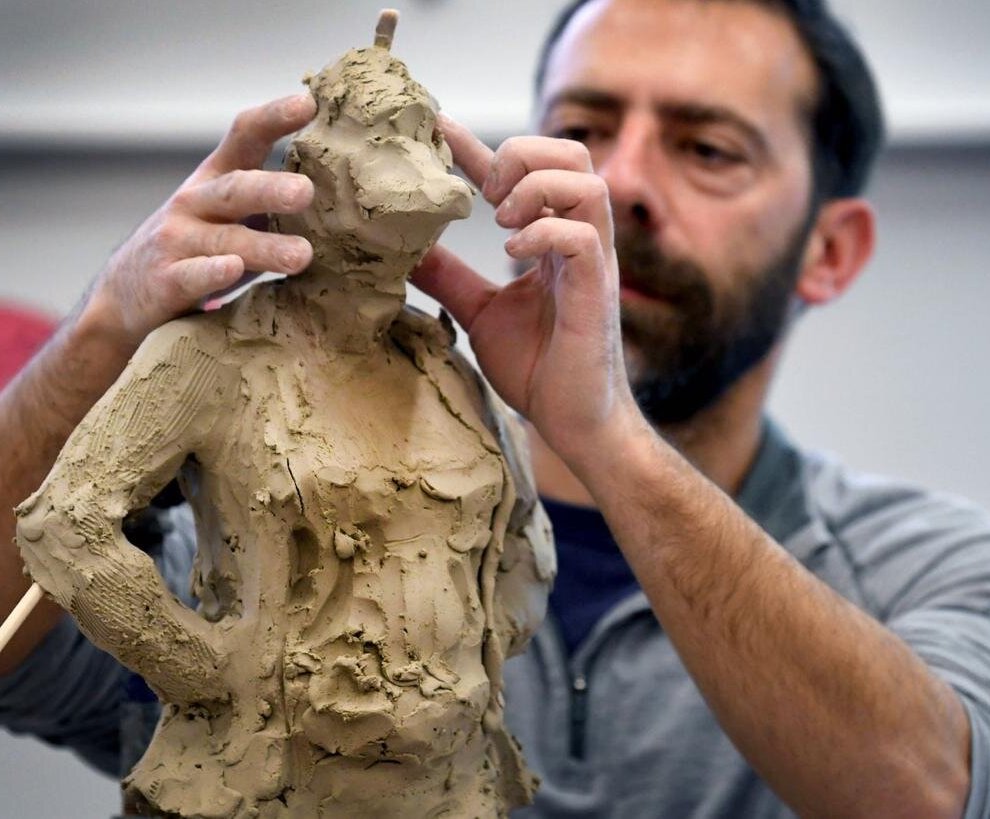
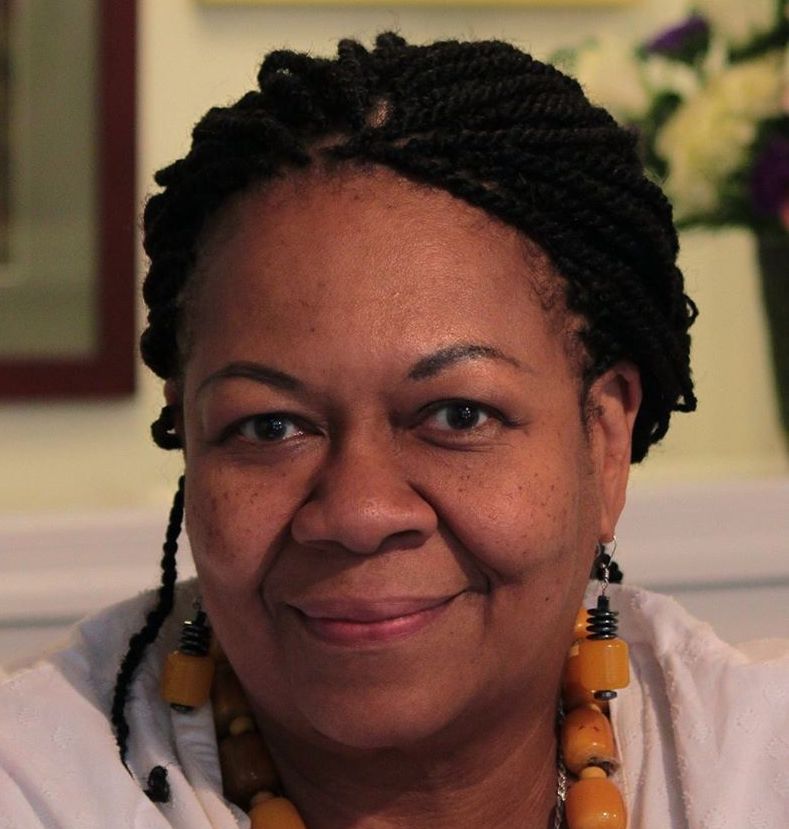
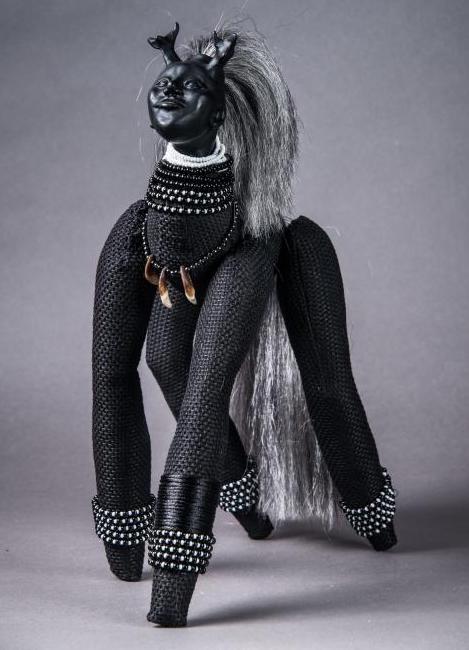
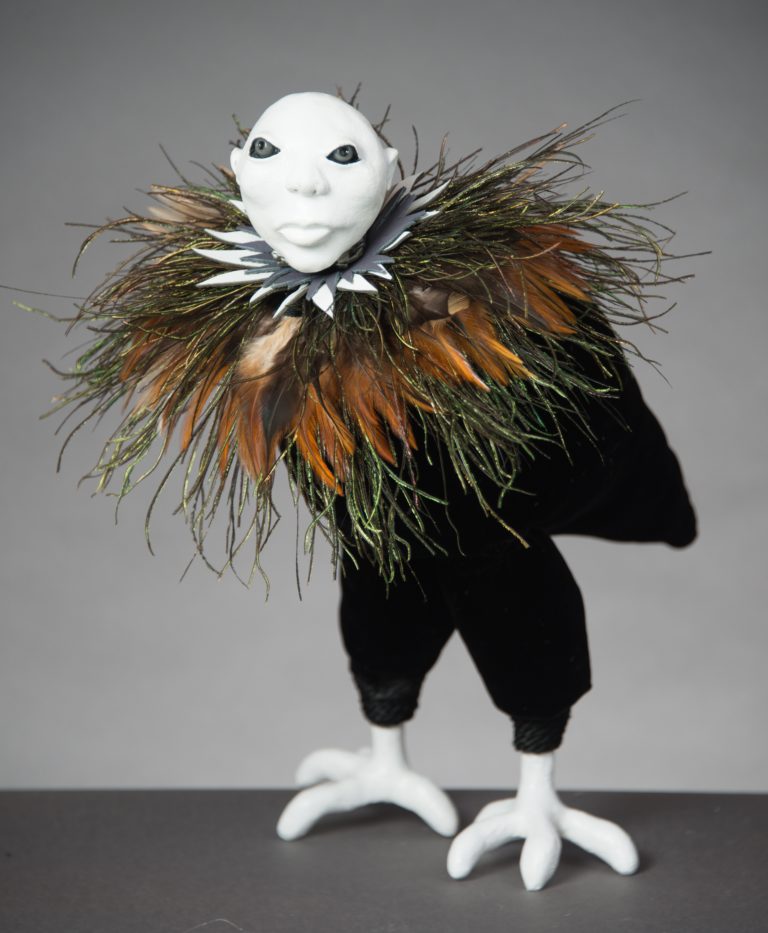
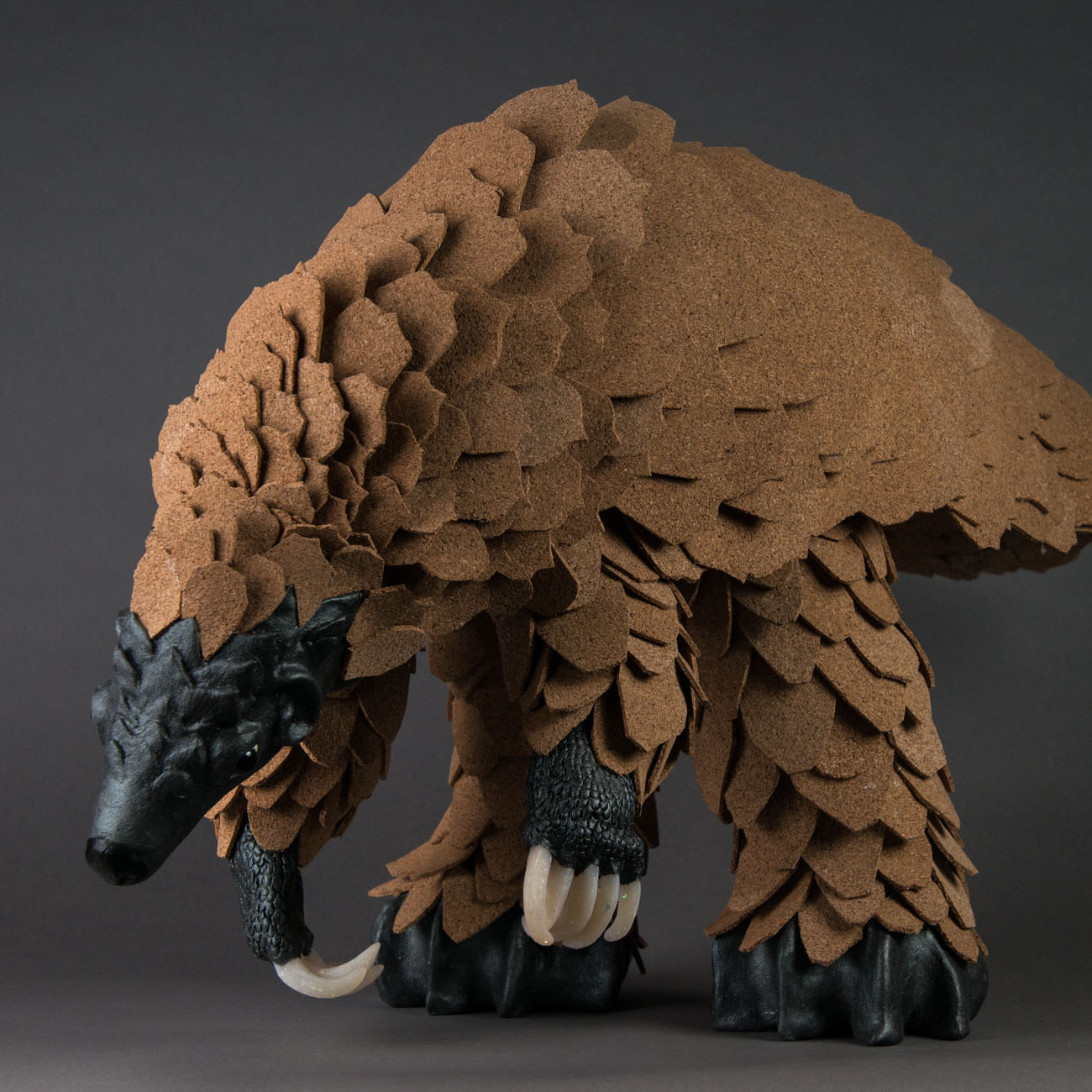
Add your valued opinion to this post.